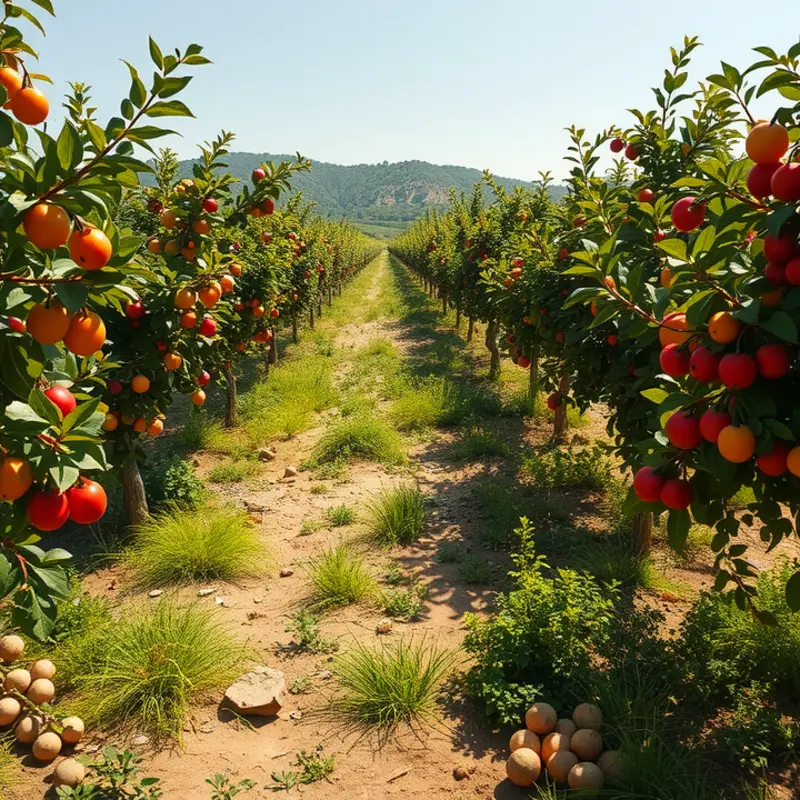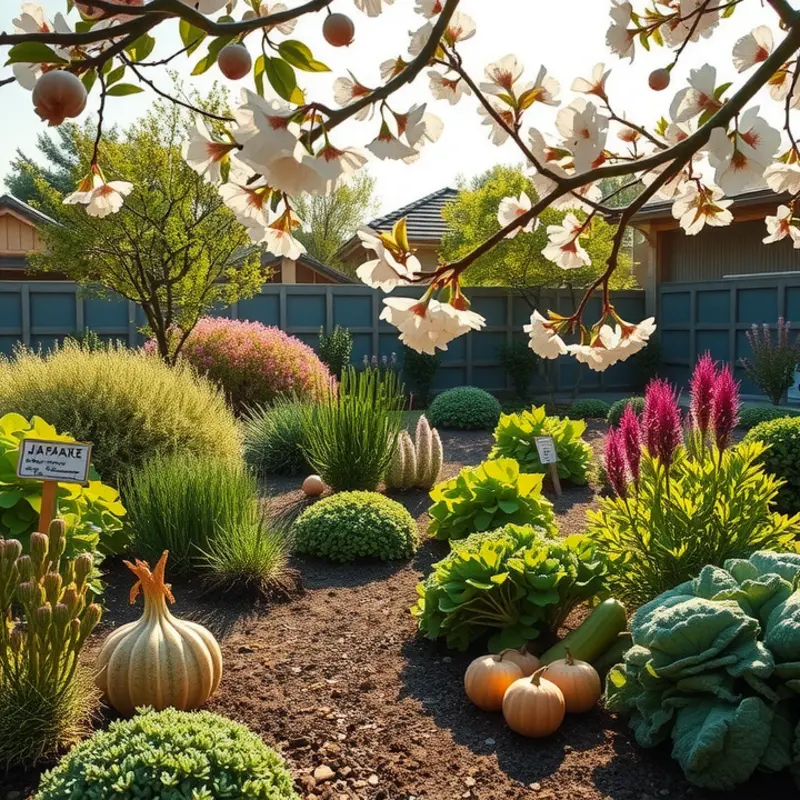Culinary traditions are more than just food; they are heartfelt stories woven into the fabric of communities. As we travel the globe, we encounter vivid rituals centered around shared meals. From communal feasts celebrating harvests to intimate gatherings over a pot of fragrant stew, these traditions reveal the essence of cultural identities and foster connections. Join us as we explore two captivating chapters of unique shared meal customs that emphasize the rich tapestry of human experience.
The Community Feast: Turkey’s Mesir Macunu

Few traditions capture the spirit of togetherness like the Turkish custom surrounding Mesir Macunu. This delightful concoction, steeped in history and culture, brings communities together in celebration each year. Originating in the city of Manisa, located in western Turkey, Mesir Macunu is a symbolic food with legends tracing back to the 16th century.
The origins of Mesir Macunu are enveloped in a mix of folklore and historical fact. It is said that Hafsa Sultan, the mother of Sultan Suleyman the Magnificent, fell gravely ill. Desperate to cure her, the palace doctors concocted a paste made from 41 different spices and herbs. Miraculously, she recovered, and thus began the tradition of preparing Mesir Macunu—both medicinal and festive in purpose.
Throughout the centuries, this paste has evolved into a community event celebrated during the Mesir Festival, held each March in Manisa. Symbolizing health and luck, the paste is wrapped in pieces of paper and distributed from the Sultan Mosque’s roof to eager crowds below. People catch these packets joyously, each believed to bring good health and fortune.
The Celebration of Community
Preparations for Mesir Macunu are a family and community effort, showcasing the very essence of hospitality and sharing. In modern times, the collaborative efforts to prepare this paste remain a vital tradition. Families gather together, each person assigned a role in the elaborate process of grinding spices, stirring mixtures, and forming the paste. This occasion serves as a reminder of the communal bonds essential in Turkish culture.
Aside from its communal preparation, Mesir Macunu highlights Turkey’s culinary diversity, with its ingredients reflecting a tapestry of influences from regional spices to herbal elements. These ingredients include cinnamon, anise, black cumin, and ginger. Each plays a role not only in creating a unique flavor but also in providing reputed health benefits. Due to its rich composition, Mesir Macunu is believed to boost immunity, echoing its origins as a cure.
A Cultural Phenomenon
Beyond its gastronomic appeal, the smaller nuances of the Mesir Macunu tradition extend into cultural symbolism. The act of catching packets symbolizes the embracing of health and well-being. There is a palpable sense of anticipation in the air—each wrapped ball representing a piece of history and promise.
For those intrigued by global cuisine, understanding the culinary influences behind such rich traditional foods can offer deeper insights into cultural identities. Mesir Macunu serves as a testament to such a blend of culinary practices. To learn more about how trade and history have impacted global culinary landscapes, you might find this article interesting.
In essence, Mesir Macunu is more than just a dish—it’s an embodiment of community spirit, cultural heritage, and the timeless tradition of coming together to share blessings. Each spring, as festival-goers in Manisa look to the skies for the falling packets, they are not just engaging in a culinary pursuit but participating in a centuries-old celebration of life and health.
Tradition Meets Modernity: Japan’s Nabe Parties

In Japan, the nabe party is more than a meal; it’s an experience that encapsulates warmth, participation, and community. The word “nabe” refers to “pot,” and in this context, it signifies the communal dish cooked at the table. Traditionally, nabe dishes include various meats, seafood, tofu, and vegetables simmered in flavorful broths. This practice dates back to the Edo period when samurai and laborers gathered to share nabe, bonding over bubbling cauldrons of comforting fare.
Today, nabe parties stand at the intersection of tradition and modernity, offering an inviting way to blend communal dining practices with present-day social gatherings. Unlike solitary dining, nabe brings everyone together around the same pot, fostering conversation and laughter. Each participant contributes to the meal, selecting ingredients and crafting their version of the dish. It’s a participatory affair made all the more rewarding by the opportunity to share stories, generate warmth, and create lasting memories.
A modern twist on this age-old custom involves the evolution in the types of nabe available. While classic varieties such as “yosenabe” and “chankonabe” remain popular, innovative versions have emerged. For instance, cheese fondue-inspired nabe and spicy soup-base options cater to contemporary tastes. Culinary experimentation alongside staple recipes ensures nabe retains its place within the dynamic food culture of Japan.
The appeal of nabe also intersects with the ongoing global shift towards mindful and shared eating practices, as explored in articles like Addressing Unconscious Eating. By engaging in this interactive meal, participants naturally slow down, savoring each bite and remaining present in the moment.
Ultimately, the enduring nature of nabe parties lies in their adaptability, providing a platform where old meets new. Whether a cozy family dinner or a lively get-together with friends, nabe accommodates both casual and festive occasions. It’s an embodiment of the spirit of sharing, uniting people with flavors from Japan’s rich culinary heritage. Thus, Japan’s nabe parties continue to thrive, skillfully blending tradition with modern sensibilities to celebrate food and fellowship.
Final words
Shared meals serve as a reminder of the human connections that bridge cultural divides. From the festive gatherings in Turkey celebrating Mesir Macunu to the shared warmth of Japan’s Nabe parties, each tradition tells a story enriched by flavors, memories, and community. These culinary practices foster appreciation for cultural heritage and emphasize the importance of togetherness in a world that thrives on connection. As food enthusiasts and culturally curious readers, it is vital to embrace these diverse traditions, allowing food to enchant, educate, and unite us as global citizens.








